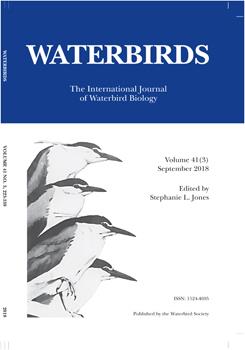Nestling diet and parental provisioning rate are important determinants of reproductive success and future offspring performance in birds. The diet of Black Stork (Ciconia nigra) nestlings was characterized and tested for intra-seasonal and brood-size dependent variation in the type and mass of prey provisioned to the brood. Data were collected on 576 prey items from 45 Black Stork broods in central Poland during 2005–2016. Black Stork nestlings were provisioned almost exclusively with fish and amphibians; the proportion of invertebrates in their diet was marginal. Fish were a dominant component of nestling diet, comprising up to 65% of prey items and over 85% of total prey mass. Common spadefoot tadpoles (Pelobates fuscus), weatherfish (Misgurnus fossilis) and Prussian carp (Carassius gibelio) were among the most abundant prey. Black Storks foraged on relatively small prey, with an average length of 101.4 ± 1.5 mm (n = 576) and an average mass of 13.8 ± 1.0 g (n = 550). Larger broods were significantly more often fed with amphibians and with lighter prey. As the season progressed, the probability of preying on amphibians increased. This study provides evidence for Black Stork provisioning effort optimization mediated by selection of smaller, but easier to catch and handle prey, such as common spadefoot tadpoles.
How to translate text using browser tools
1 September 2018
Intra-Seasonal and Brood-Size Dependent Variation in the Diet of Black Stork (Ciconia nigra) Nestlings
Maciej Kamiński,
Jerzy Bańbura,
Bartosz Janic,
Lidia Marszał,
Piotr Minias,
Piotr Zieliński
ACCESS THE FULL ARTICLE

Waterbirds
Vol. 41 • No. 3
September 2018
Vol. 41 • No. 3
September 2018
Black Stork
Ciconia nigra
common spadefoot
nestling diet
parental provisioning
Pelobates fuscus
prey size




